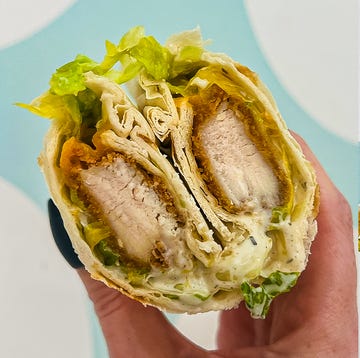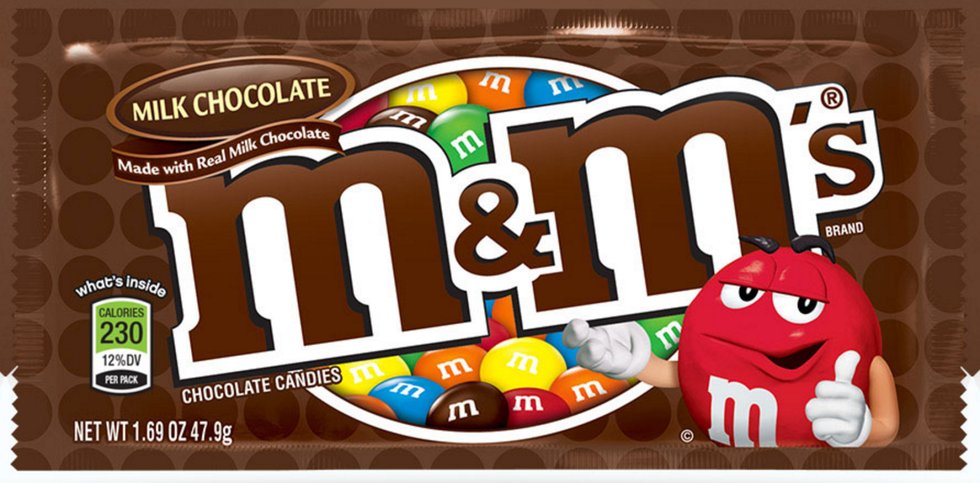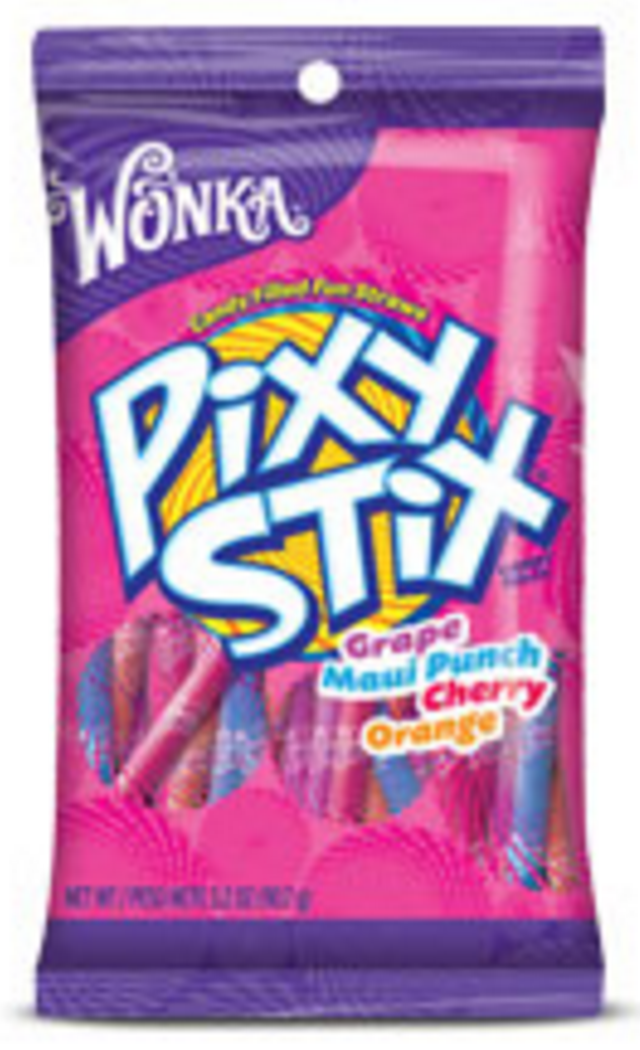
Delish editors handpick every product we feature. We may earn commission from the links on this page.
Seven decades of sweet, salty, and sour goodness.
Watch Next

Advertisement - Continue Reading Below

Restaurants Offer Major Discounts In Response To McDonald's Snack Wrap Return

The Worst Things Health Inspectors Have Seen

I Tried McDonald's Snack Wrap After Its Decade-Long Hiatus

The Internet Is Freaking Out Over Popsicle Pregnancy Reveal
Advertisement - Continue Reading Below
Advertisement - Continue Reading Below


























